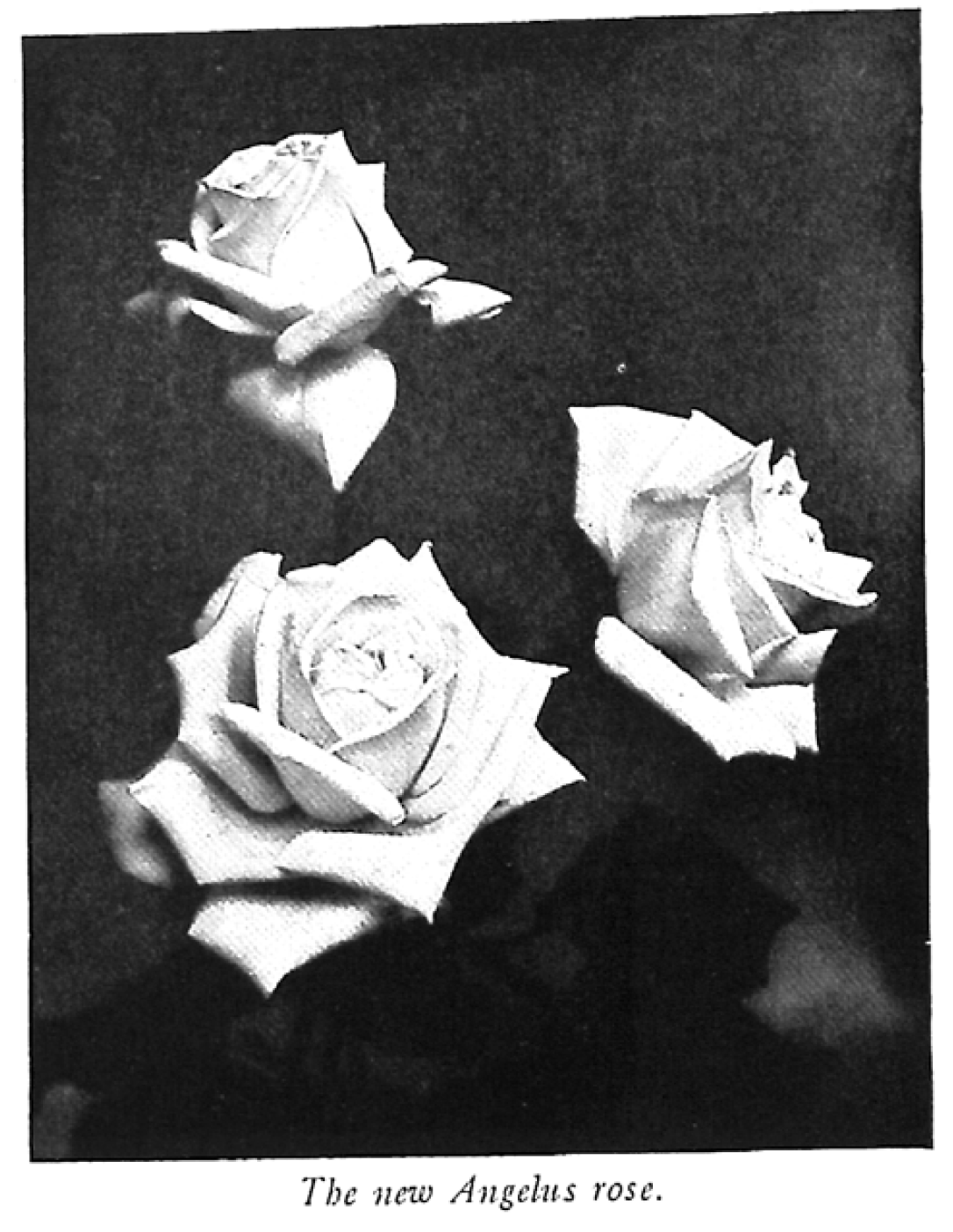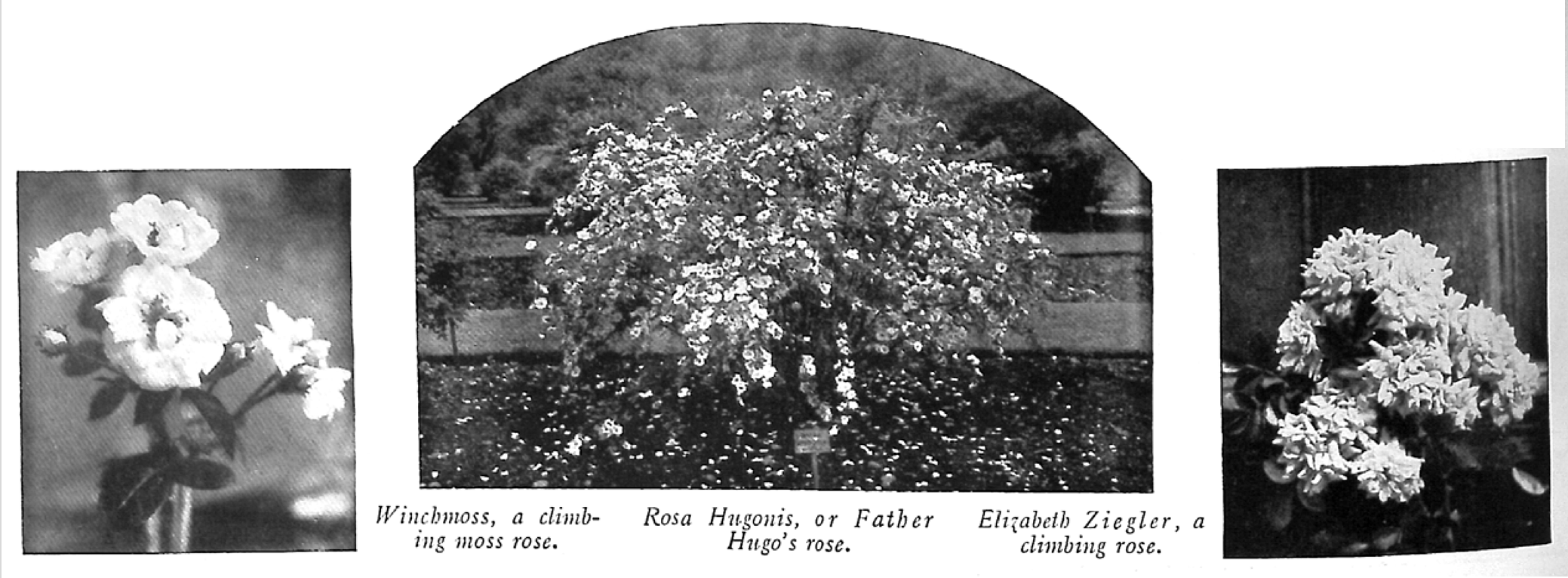|
While many floral novelties have only a brief popularity, every season produces at least a few which become a lasting joy. It is well worth while experimenting with the many to find these few. Indeed, your real garden enthusiast gets his keenest satisfaction in running down a fine new plant, being perhaps the first member of the garden fraternity in his community to grow it. Of course the old favorites are not to be overlooked or neglected. There is plenty of room for both; but inevitably some of the older varieties must give way to the better kinds which are coming from the hybridizers’ hands. The old time Crimson Rambler rose is an example. For many years most amateurs knew no other, but in spite of its beauty, the Crimson Rambler is an untidy rose, subject to mildew and losing its leaves long before fall. It is being superseded by such rose as Excelsa, Climbing American Beauty, Aunt Harriet and Paul’s Scarlet Climber which, although somewhat different in form and color, are vastly superior as garden subjects. Excelsa and the Climbing American Beauty are fairly well known. Aunt Harriet is new, and Paul’s Scarlet Climber newer still. The first is a single scarlet rose, with a white centre, which blooms very early and carries its flowers through a long season. It is a very charming flower. Paul’s Climber, which is just being introduced, is a rose of most vivid hues, of good size, fine texture, and a strong grower. It forces well in pots, and has made a sensation wherever shown. Another fairly new climber is Wichmoss, a cross between the true Wichuriana rose and the moss rose, a favorite of old gardens. There is only one other climber which has the typical mossed buds and dainty flowers. While not a brilliant rose, Wichuriana deserves a place in the collection of every lover of roses. In choosing climbing roses it is well to select those which cover a long season. Aunt Harriet, as has been stated, comes early, and so does Paul’s Scarlet Climber. For a very late rose there are few to surpass Elizabeth Ziegler, which is really an improved Dorothy Perkins, with curiously crinkled shell-pink flowers produced with the greatest freedom. You might linger long among the climbers, for they are almost legion, but other classes deserve our attention. A distinct novelty is Grootendorst, which comes from Holland and is a cross between the Japanese Rosa Rugosa and the Baby Rambler. It shows the characteristics of both, making very strong growth, but producing smaller flowers in clusters. The flowers are red and their only fault is that they take on a somewhat purplish tint when old. The flowers are remarkable for their strangely notched edges, which make them look very much like carnations. The thick leaves are different from those seen on any other rose, and are not troubled with mildew. This promises to be a fine rose for hedges. Although not quite so new, the strong growing Rosa Hugonis, or Father Hugo’s rose, should also be mentioned. This is not a hybrid, but a distinct species from northern China, which it was discovered by an English missionary. It blooms only in the spring, but then displays myriads of large yellow blossoms set closely together on arching stems, so that the bush looks like a great fountain of yellow blooms. Because of its strong growth Rosa Hugonis should have a place in the shrub border rather than in the flower garden itself. Among the newer roses of the garden type, Columbia deserves special mention. It is a rose which recently received a gold medal as being best American production within five years. Its large, pink blossoms are exquisite in form and texture, and the rose does very well even in New England gardens, although it needs protection in winter. Still newer, and with its future some what uncertain, the rose Angelus from Indiana is making strong claims for popularity. While it was first put out as a greenhouse rose, it promises to be equally at home in the private garden. It is pure white, free blooming and very handsome. People who are fond of highly scented roses will be pleased with the new California hybrid-tea called Fragrant Bouquet, with its myriads of flowers, delicate pink in color, except for a bit of golden yellow at the base of the petals. |

